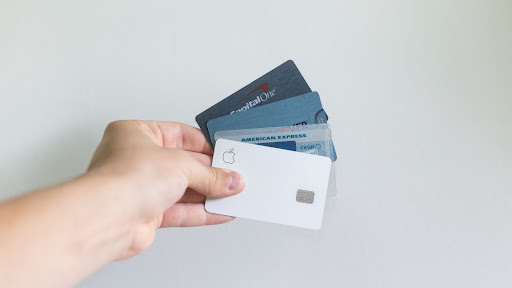If you have had a credit card in the past, you’re aware of the industry-specific terminology attached to it. Put simply, credit cards hold more moving parts than you’d initially assume.
Read on for a breakdown of basic credit card terminology. Consider turning to Lendah to avoid pesky late fees, improve your overall credit score, or to get information on loans for credit card debt.
Credit Score
A credit score is a value used by lenders to examine your risk and decide whether or not to extend your credit. These scores are derived from five key data points: your payment history, debt obligations, types of credit you use, the length of your credit history, and new credit accounts. These scores range from 300 to 850, with values between 670 and 739 considered “healthy” credit.
Related: How To Get A Loan With Bad Credit
APR
An Annual Percentage Rate (APR) is the rate at which interest accrues over the life of a loan. This percentage value reflects the annual cost of funding over the course of a loan, or for a stream of investment income. An APR is a benchmark you can use to compare different options for lending, credit cards, or various investment instruments.
Prime Rate
Bank customers with the highest credit ratings are awarded a prime rate. These borrowers are the least likely to default on payments. Whether its value remains constant or experiences volatility is largely based on current economic conditions. When the Fed raises interest rates, for example, the prime rate follows suit. Banks use the prime rate to determine the interest rates on certain short-term loans, such as credit cards.
Late Fee
When you fail to make a scheduled payment towards your loan, credit card, or other financial obligation, a late fee is applied to your account. Upon missing a payment, your lender will add these late fees to your outstanding balance. Late fees are meant to encourage borrowers to be punctual with their required payments and generally range between $25 and $50. Most importantly, late fees can hurt your credit history given that you aren’t up-to-date on your agreed-upon payments.
Balance
Lastly, your account balance represents the available funds in your credit account. Credit cards display your usage compared to your overall credit limit, as well as the amount of your next scheduled payment. Nowadays, account balances are viewable on both paper statements and through online platforms, such as mobile banking applications.
If you have questions about debt consolidation loans, speak to our team of knowledgeable professionals. Our compassionate loan matchmakers will find the best unsecured loans with terms tailored to your unique situation, fast approval and rates starting as low as 3.84% for amounts up to $100,000.
Get started today on our website. Prefer to talk in person? Call us at 833-453-6324 and we’ll get you connected immediately with one of our loan experts.


Recent Comments